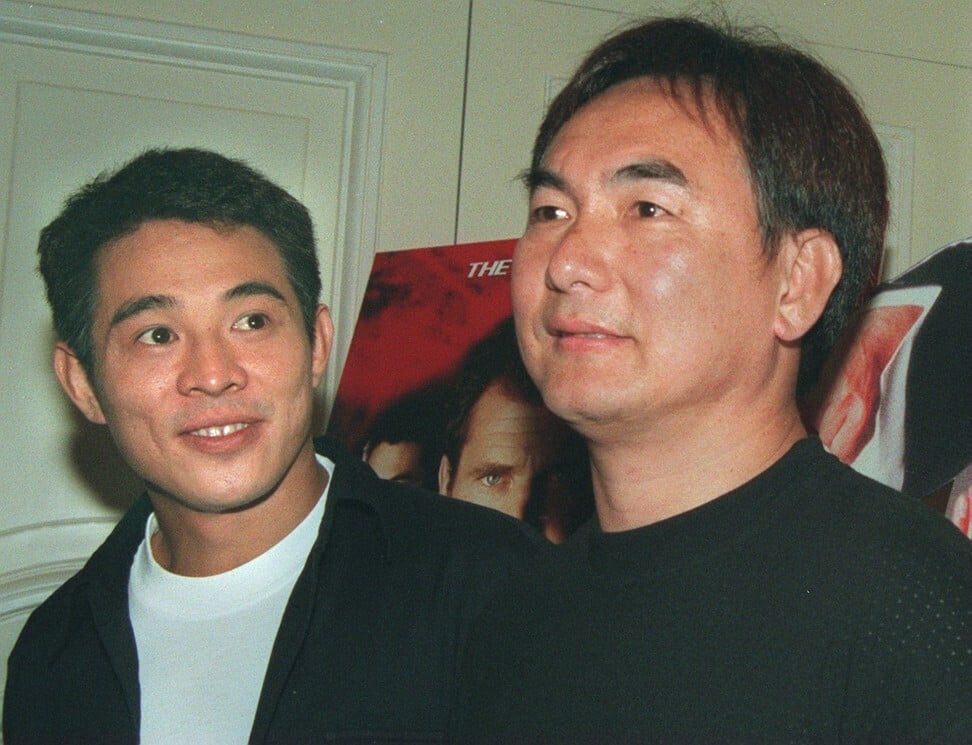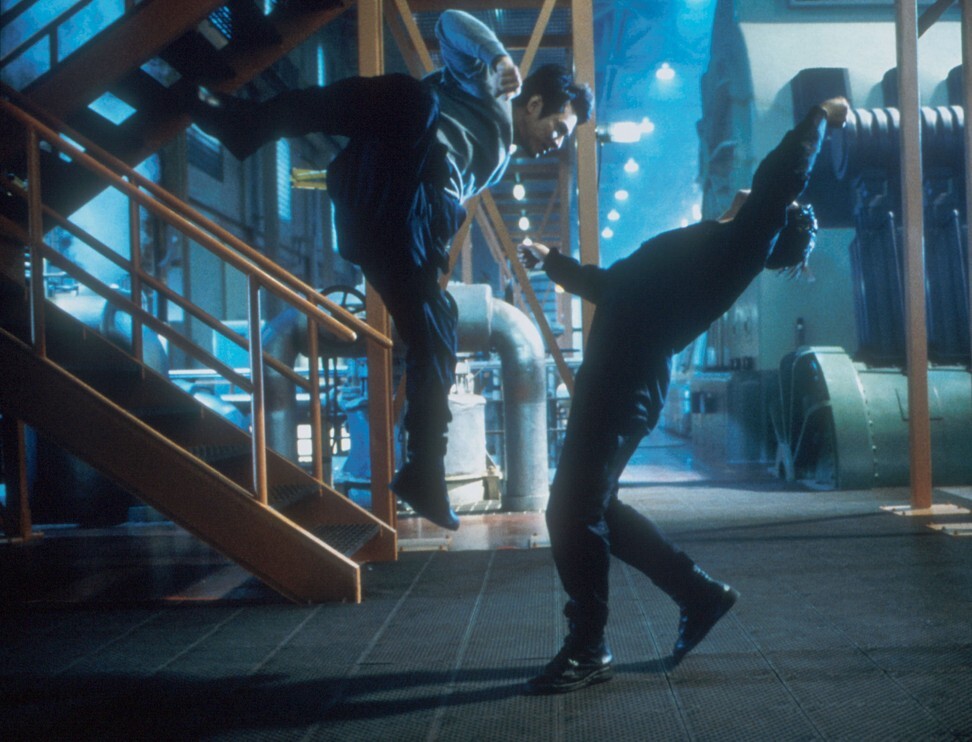
Jet Li in Hollywood: how the martial arts superstar fared in America with films like Romeo Must Die and The One
- Li joined an exodus to Hollywood of Hong Kong movie talent in the late 1990s that included Jackie Chan, John Woo, and Chow Yun-fat
- He made enjoyable action movies such as Romeo Must Die, but never got the chance to show the full range of his kung fu skills or his acting chops there
Li did manage to establish himself in America, but he was never given roles that allowed him to fulfil his potential, either as a martial artist or actor. What’s more, the action and martial arts scenes in his US films do not come close to matching those of his Hong Kong films.
Li made his US debut in 1998, as a villain in Warner Bros’ Lethal Weapon 4, a continuation of the successful action franchise starring Mel Gibson and Danny Glover. His success in that film – market research apparently showed that he was a hit with female audiences as well as male viewers – led to his first leading role, in the custom-made action film Romeo Must Die.
Most of the differences in Li’s US work are the result of Hollywood’s different approach to action films. American action is generally choppier, more compact, and less aesthetically pleasing than action in Hong Kong films. In addition, US crews are simply not as experienced at shooting scenes containing martial arts performers as their Hong Kong counterparts.
“In Hong Kong, audiences like to watch the fighting sequences for up to five minutes,” Li said while filming Romeo Must Die. “They like to study the movements and the style. In American culture, as with boxing, audiences want to see who wins. If one guy can knock somebody out in 30 seconds, that’s great with them.”
Even when Li worked with a Hong Kong choreographer like his long-time friend and collaborator Corey Yuen Kwai, who choreographed Lethal Weapon 4, Romeo Must Die, Kiss of the Dragon and The One, differences remain.
At home, Hong Kong choreographers generally take control of the shoot for the martial arts sequences, and work with a high degree of freedom. But in Hollywood, fight choreographers are way down the hierarchy, and must adhere strictly to the director’s vision of the scene, and plan sequences with a separate action director and stunt coordinator.
The highly structured US process dampens the spontaneity that makes Hong Kong films so exciting – although it does have the benefit of making the work safer for the performers.

The One, released in 2001, is one of Li’s more entertaining US works. Directed by James Wong, an Asian American who had seen success directing episodes of TV’s The X-Files, it’s a science fiction story that features a “good” Jet Li fighting a villainous Jet Li.
The One makes use of an idea from theoretical physics – that the universe consists of a series of parallel universes in which every possible version of an individual exists. The clunky plot sees an evil Jet Li arrive from a parallel universe to try to kill a good Jet Li, for reasons that are scientifically suspect.
The One was originally planned as a vehicle for Dwayne “The Rock” Johnston, and the fight scenes were conceived as street brawls. But when Johnson pulled out to make The Scorpion King, Li was enlisted, and the fights were changed to incorporate martial arts instead of streetfighting.
Li worked hard to give his twin characters definition in terms of their fight styles. He used the xingyiquan martial art for the evil Jet and baguazhang for the good Jet.
Xingyiquan is an ancient internal style of kung fu that is very aggressive, and applies spear fighting techniques to unarmed combat. Strikes are short and direct and can be explosive. By contrast, baguazhuang, beautifully expressed in Wong Kar-wai’s The Grandmaster , makes use of slower, circular strategies to defeat an opponent.
“The bad guy uses Xingyi because he wants to destroy everything,” Li told Martha Burr for the book Out of the Shadows: Asians in American Cinema. “If you know Xingyi, it uses a very straight line. The other character is the good guy, Gabe. His philosophy is more circular – he has a wonderful family, a nice wife, a sweet dog – everything is balanced. Gabe tried to protect his family. He believes in the circle, and baguazhuang is the circle.”

“It is very difficult to do these styles. You need to learn these martial arts styles for 10 years, then you can control your body from inside to outside. Everything is working together,” he said.
Although the film is heavy on special effects, choreographer Corey Yuen said that efforts were made to preserve the integrity of Li’s kung fu. To this end, wirework was kept to the minimum, and a fight performed on an elevated catwalk took place without even a safety harness, so that Li’s movements would not be restricted.
“The audience gets to see the way he fights,” said Yuen, who worked with stunt coordinator Gary Hymes to exaggerate Li’s kung fu with Hollywood techniques like hydraulics.
The main problem that Yuen and director Wong faced in The One was that Li had to fight with himself. CGI technology, which would be used to depict this today, was not sufficiently advanced in 2001 to cope with this type of fight scene.
Stuntmen would normally have been used to double Li’s character, but as no one else can fight like Lee, that posed a problem – the audience would be able to tell it was not Li who was doing the fighting. Filming two Lis and merging them together in a split screen did not work either, as the method did not allow for the characters making physical contact with other.
Ultimately, a stuntman lookalike was used – Li does not do his own non-fighting stunts like Jackie Chan, so he had stunt men on the set – and Li continually swapped between playing the good Li and the evil Li. The stuntman’s head was digitally replaced with Lee’s head in some shots, and the stuntman wore a rubberised Li face mask in others.

CGI was also used in the fight scenes, and the combined result of all the techniques proved effective enough.
In this regular feature series on the best of Hong Kong martial arts cinema, we examine the legacy of classic films, re-evaluate the careers of its greatest stars, and revisit some of the lesser-known aspects of the beloved genre. Read our comprehensive explainer here.
Want more articles like this? Follow SCMP Film on Facebook
